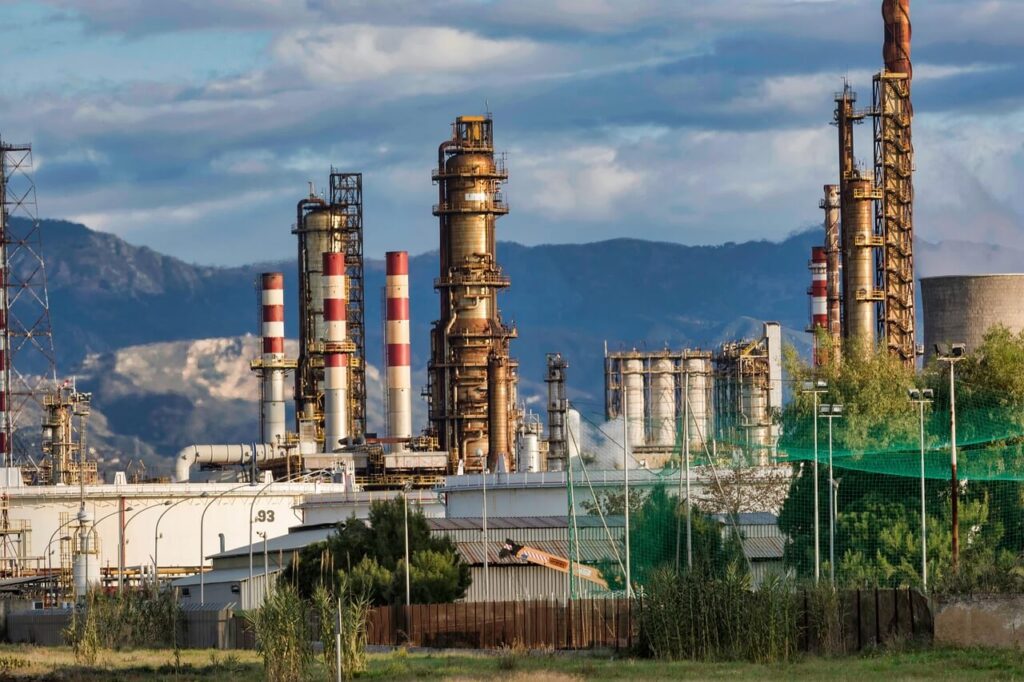
In the shadowy corridors of international power, where oil flows like blood through the veins of economies, a new chapter in the economic siege of Russia has unfolded. On October 22, just days after fruitless talks between Washington and Moscow, the U.S. Treasury unleashed its most audacious sanctions yet: a direct assault on Rosneft and Lukoil, the titans of Russia’s oil industry.
These companies aren’t just corporate behemoths; they’re the lifeblood of Vladimir Putin’s war machine, pumping out millions of barrels daily to fund a conflict that’s raged for a little less than four years in Ukraine. But as the dust settles on this escalation, questions swirl: Will these measures finally deliver a knockout blow to Russia’s resilient economy, or are they merely another ripple in a sea of geopolitical manoeuvring? In the following, we will dissect the sanctions’ mechanics, their potential harm or nuisance value to Moscow, the ripple effects on global markets, and why the Ironman Putin might still be smirking from the Kremlin.
How Russia had fended off the First Wave of Sanctions in 2022
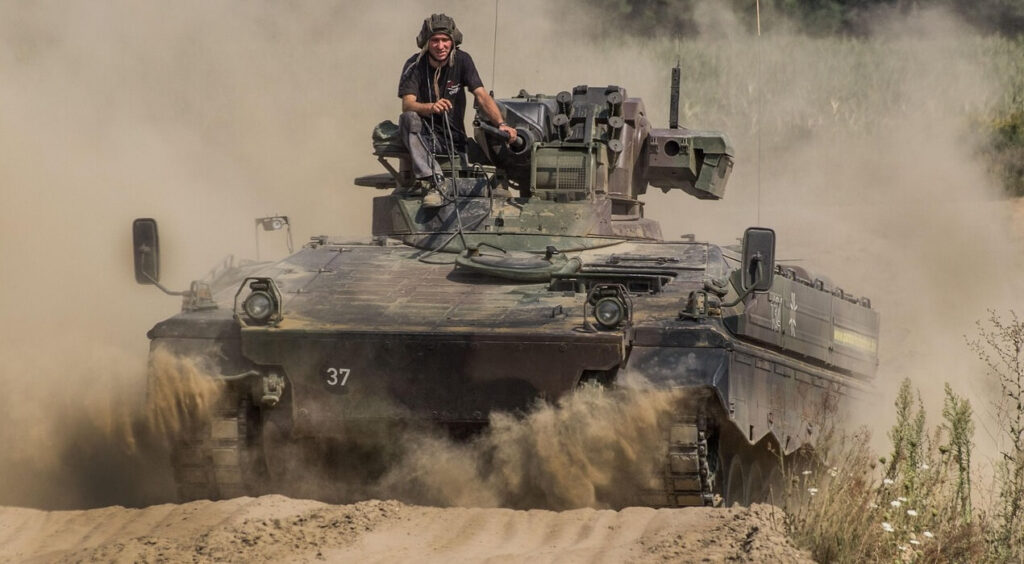
Picture this: It’s early 2022, and Russian tanks roll across the Ukrainian border, igniting a firestorm of Western sanctions. Banks frozen, oligarchs’ yachts seized, tech imports choked off—the arsenal was vast, or at least it appeared so. Yet, Russia didn’t crumble. Its economy contracted by a mere 1.4% that year, then roared back with 3-4% growth in 2023 and 2024, buoyed by wartime spending that ballooned to over $200 billion annually. Oil and gas that account for 30-40% of the federal revenues has remained the steadfast anchor of the ship that is Mother Russia. Inflation spiked to double digits but tapered to 7-8%, while unemployment hovered at record lows. Western analysts like to attribute it to the voracious appetite of the military-industrial complex for labour. So what? Has the American military-industrial complex not employed some 2.2 million workers to say 4 million in Russia? Moscow pivoted eastward, slashing prices to lure buyers in India and China, and assembled a “shadow fleet” of aging tankers to evade Western shipping restrictions. By mid-2025, Russia’s GDP was chugging along at a projected 4.3% growth, defying doomsayers who predicted collapse.
What is the New Thing in the 2025 Sanctions?

This resilience wasn’t magic; it was adaptation forged in the fires of necessity. The 2022 sanctions, while biting, targeted the periphery: banning Western services for new oil projects, capping prices at $60 per barrel for seaborne crude, and hitting financial conduits. But, they stopped short of the hard option—directly sanctioning the majors like Rosneft (state-owned, producing 40% of Russia’s oil) and Lukoil (private, but deeply intertwined with the regime). The reason? Most probably, fear of chaos. Removing 5-6 million barrels per day (bpd) of Russian supply—about 5% of global output—could have spiked prices to $150 per barrel, hammering Western consumers and economies still reeling from COVID-19. Europe, then dependent on Russian gas for 40% of its needs, scrambled for alternatives like U.S. LNG, but the transition was painful, with energy bills soaring and industries shuttering.
Fast-forward to October 2025, and the landscape has shifted. Oil prices have cooled to $70-75 per barrel for Brent crude, down 25% from January peaks, thanks to a global surplus. U.S. shale production hits record 13+ million bpd, OPEC+ maintains spare capacity of around 5 million bpd, and demand growth slows amid economic headwinds in China and electrification trends worldwide. This softer market gave Donald Trump leverage to tighten the noose without the possibility of an immediate backlash at home.
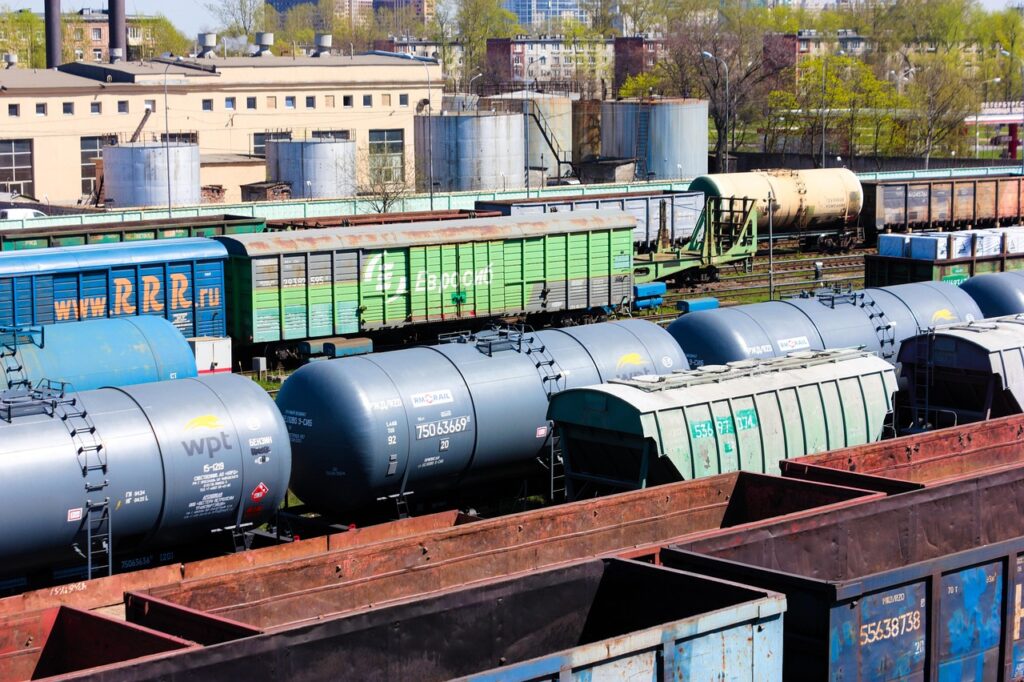
Enter the new sanctions: a full-spectrum blockade on Rosneft and Lukoil, announced as part of a broader package targeting evasion networks. At their core, these measures are a financial straitjacket. The U.S. Treasury’s Office of Foreign Assets Control (OFAC) has frozen all U.S.-based assets of the two firms and prohibited American entities from any dealings with them or their 50%-plus controlled subsidiaries. This includes buying oil, extending credit, or providing insurance—extending the pain to global partners who risk secondary sanctions for non-compliance. There’s a 30-day wind-down period until November 21, allowing existing contracts to conclude, but after that, it’s lights out. The net widens: Dozens of shadow fleet tankers, shadowy traders in Turkey and the UAE, and even Chinese refineries like Yulong Petrochemical face blacklisting for facilitating Russian flows. The EU, in lock-step, has rolled out its 19th sanctions package, banning Russian LNG by 2027 and freezing Gazprom Neft assets.
Can it really hurt Mother Russia?

Think of crude oil export activity as four linked steps that create value for the exporter:
1. Production — the wells and the infrastructure that get oil into tanks and pipelines;
2. Marketing and sale — contracts, traders, and the counter-parties who buy the cargo;
3. Logistics and shipping — tankers, port services, classification societies, and crucially, insurance;
4. Payments and finance — banks, correspondent relationships and ability to receive hard currency.
Sanctions can target any of these links. Earlier Western moves concentrated on (3) and (4): making maritime insurance and bank services conditional on compliance with the price cap or threatening to deny normal access if firms handled Russian crude above the cap. The new step targets (1) and (2) more directly: designating, constraining or cutting off the country’s biggest production-and-trading companies. That raises the political and practical cost for third-party banks and firms to deal with Russian majors — and in doing so raises their risk premiums and thus the discount they demand.

Unlike 2022’s piecemeal approach, this is a direct hit on the “war ATM,” as analysts dub Russia’s energy sector, which has haemorrhaged $100 billion in revenues since the invasion but still generates $150-200 billion yearly. Trump frames it as a response to stalled ceasefire talks, signalling impatience with Putin’s intransigence. “I wanted a compromise,” Trump lamented in a White House briefing, but with negotiations faltering, he opted for escalation. Lower prices provide cover: “We have more room now,” notes energy expert Henning Kluge, pointing to U.S. crude’s decline.
There are therefore two simultaneous effects:
- A price effect — Russia accepts a lower price per barrel (a discount) because buyers demand it to compensate for extra risk and costs.
- A quantity effect — sanctions, enforcement, and buyer responses could shrink the volume Russia actually sells to willing purchasers.
Both reduce Russian energy revenue; the price effect hits immediately and symmetrically across volumes, while the quantity effect is episodic and dependent on buyer behaviour and enforcement.
But will it really hurt? Let’s drill down into the potential economic gut punches for Russia. Short-term: Disruption reigns. Chinese state giants like Sinopec and PetroChina have paused purchases, fearing U.S. reprisals, while Indian refiners—hooked on discounted Russian Urals crude (40% of imports)—express jitters. If exports dip 20-30%, that’s $5-10 billion quarterly lost, compounding a budget already groaning under 6-7% GDP defence spending.
Longer-term, the squeeze intensifies. Evasion costs mount: Shadow shipping adds 10-20% premiums, discounts erode profits (Russia sells at $60-65/bbl vs. $75 global), and cumulative sanctions since 2022 have burned $300 billion in reserves. Oil funds everything from pensions to infrastructure; cuts here might ripple to public unrest in a population weary of conscription and rising prices. Analysts at the Atlantic Council warn of “major implications,” with flows to Asia potentially halted for months. If secondary sanctions bite, Russia could lose $109 billion annually—9% of GDP—pushing toward recession. Europe’s refineries, like Lukoil’s in Bulgaria and Italy, face “catastrophic” shutdowns, amplifying the pain.
Discounts at scale can nibble away at Russia’s budget by tens of billions a year —and that accumulates fast—but an outright shortage that raises global prices would cushion the seller, unless volumes collapse to a level where the state can’t make ends meet.
Trump’s playbook? Deal-maker turned enforcer. He cancelled a Putin meeting, reigniting tensions, and levied sanctions to “degrade the Kremlin’s war machine.” “If NATO stops buying Russian oil and tariffs hit China, the war ends,” he declared. Critics decry destabilization—risking spikes that hit U.S. pumps—but Trump bets surplus absorbs it, forcing talks. We will see whose calculations are better.
But, there is a Catch
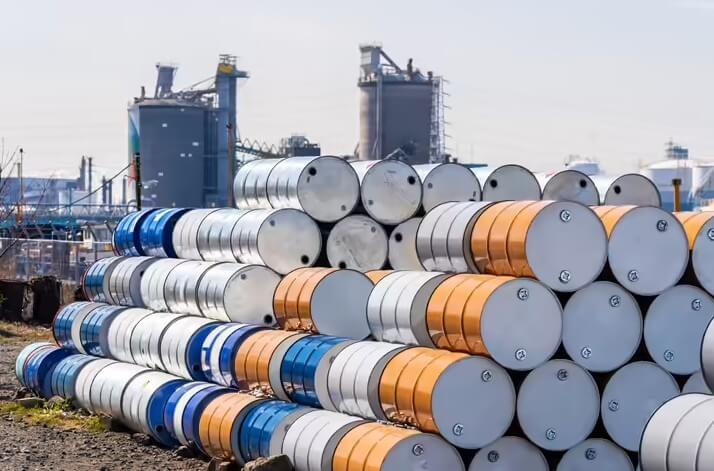
Yet, the global oil market’s response tempers the drama. Brent jumped 3-4% post-announcement to $76, but scepticism abounds. Why? Surplus rules: World supply hit 108 million bpd in September, up 3 million y-o-y, with non-OPEC+ (U.S., Brazil) leading. Demand grows anaemically at 700,000 bpd annually, amid macro woes and EVs. A 2-3 million bpd Russian shortfall? Prices might rise $5-10/bbl short-term, but OPEC+ spare capacity (3.4 million bpd, mostly Saudi) cushions it. Past disruptions—like Ukrainian attacks on refineries cutting 500,000 bpd—spiked diesel cracks but kept Brent at $64 overall. Traders bet on evasion: “Little effect on the rouble, stocks dipped but not cratered,” observes one economist.
Enter the Asian wildcard: China and India, devouring 85% of Russia’s seaborne exports. India saved $10 billion in 2024 on cheap crude; China, even more. Initial pauses? Yes—Chinese state firms bought under 250,000 bpd in 2025’s first nine months. Beijing vows workarounds via obscure traders and ship-to-ship transfers. Trump plans to confront Xi, but as one refiner quipped, “We’ll find ways.”
Pipelines offer an ironclad escape. Russia’s ESPO line already pipes 1.6 million bpd to China, immune to sanctions. Upgrades loom. For gas, the September 2 deal—inked before China’s Victory Day—launches Power of Siberia 2: 50 billion cubic meters yearly from Yamal through Mongolia, a $400 billion, 30-year pact. Construction starts 2026, flows by 2030, but it signals a “dramatic pivot,” with Russia subsidizing costs and discounting to China. Oil lines could follow, undercutting sea vulnerabilities. This “subordination” to Beijing secures revenues but cedes leverage.
If China and India continue bulk buying and help absorb discounted barrels, Russia can maintain exports and reduce the immediate fiscal strain. If they step back because of secondary sanctions or trade penalties, exports and revenue fall.
Trust the Ironman Putin to hang on

The sanctions are best understood not as a single sledgehammer blow, but as a layered campaign that makes selling oil more costly, more uncertain and less profitable over time. The sanctions increase the probability that Russia will face chronic fiscal strain from its energy sector rather than an immediate economic knockout. Historically, Russia has preferred the path of continued discounted exports to preserve cash flow — which is why large discounts, not sudden zero-sales, have been the historical outcome.
The world will have to watch out four things:
1. China and India’s buying behaviour — not just headline purchases but whether they accept shipping/insurance arrangements that avoid Western financial rails. A retreat by either buyer would materially shrink demand and amplify revenue losses.
2. Enforcement of maritime and insurance rules — tighter tracking and penalties that make the shadow fleet economically unviable would sharply increase the cost of exports for Russia.
3. Access to technology and finance for long-term projects — denial of Western equipment and capital will depress future production capacity, turning a present-day revenue dip into a chronic decline.
4. Domestic fiscal health and political choices in Moscow — how long can Russia keep the military effort and domestic spending without either raising taxes, cutting spending, or dipping into reserves? Large and persistent revenue losses force hard trade-offs.
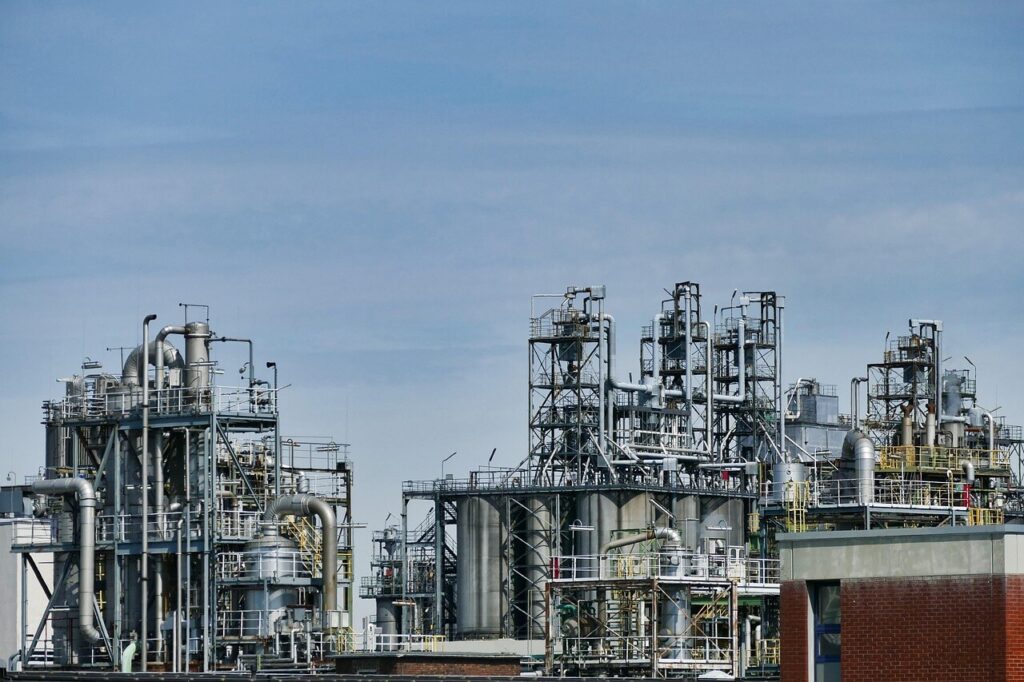
Putin? Defiant as ever. “Insignificant,” he scoffed, echoing 2022 bravado. History favours him: Sanctioned volumes reach 15% global supply, yet exports rebound via evasion. Higher prices from shortages? A boon, netting more at $80/bbl. Labour shortages and fatigue loom, but pipelines and Asia provide ballast. The risk to the world is higher oil prices and new market distortions. If the sanctions instead constrain supply too harshly, global inflationary blowback could undermine Trump’s policy itself.
So, worries for Putin? Only moderately for now. $20-40 billion revenue hit could tip boom to bust, eroding the fortress amid EU LNG bans. But adaptation—shadow fleets, discounts, pivots—suggests resilience. Trump’s move destabilizes, yet Putin’s got counters. As one expert notes, “The real test is enforcement.” In this high-stakes game, the Russian Bear endures—for now. Sanctions are a contest of endurance: can the sanctioners sustain enforcement and political will long enough to turn a sustained revenue squeeze into strategic outcomes? And can Russia keep paying the costs of shadow logistics, accommodate fiscal pain, and find new markets and technologies fast enough to avoid long-term decline? This is not a knockout punch but a campaign of attrition — and, in an attritional fight, the depth of alliances and durability of enforcement matter more than a single dramatic headline.

